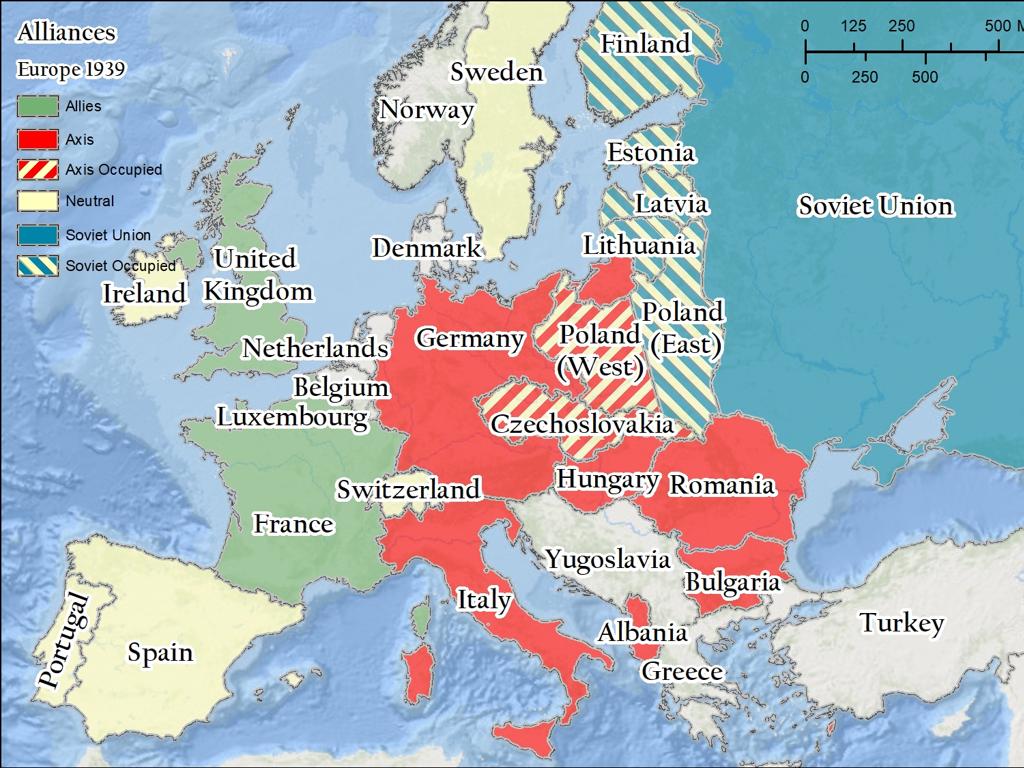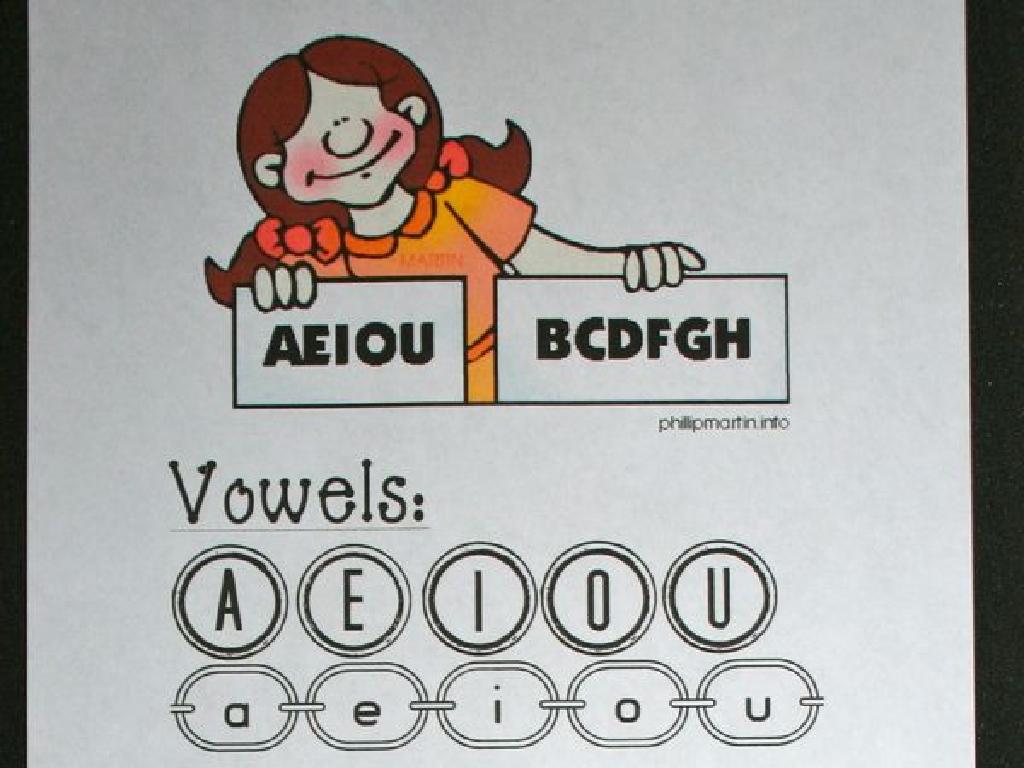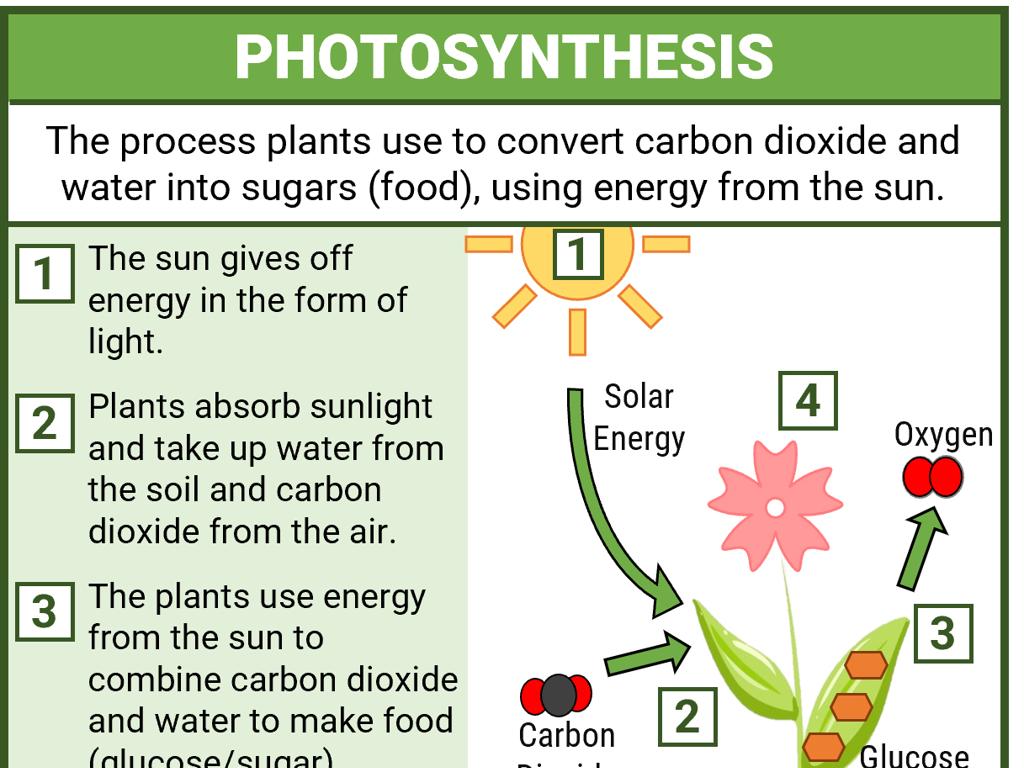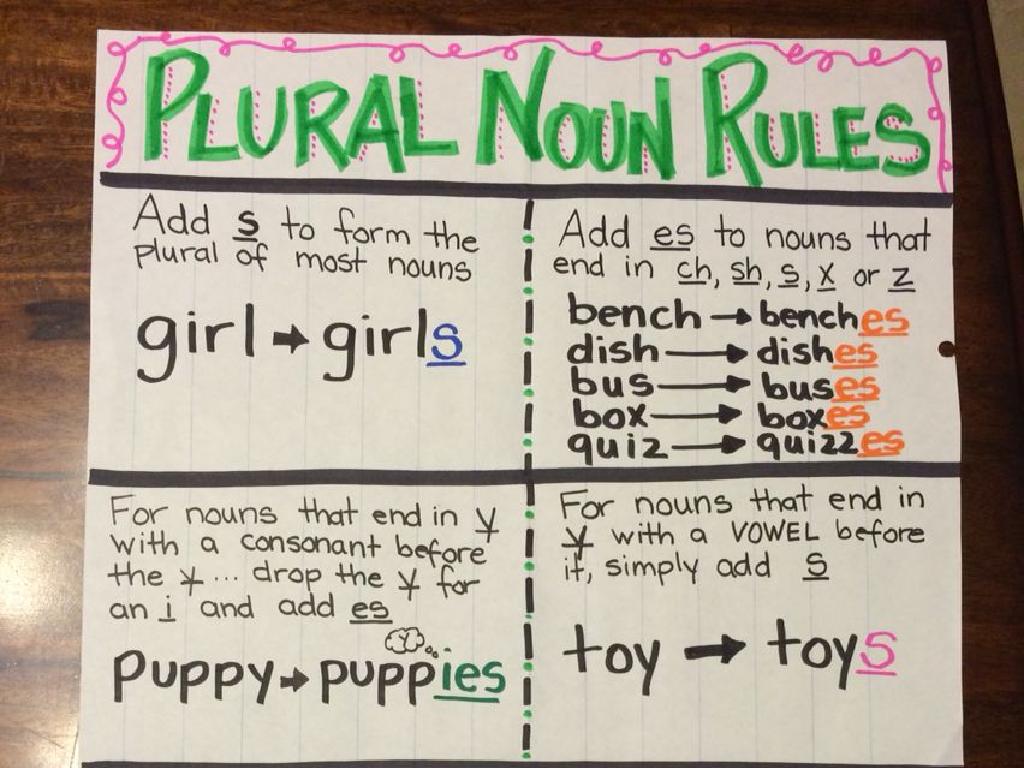Hot And Cold
Subject: Science
Grade: First grade
Topic: Comparing
Please LOG IN to download the presentation. Access is available to registered users only.
View More Content
Exploring Hot and Cold
– What feels hot or cold?
– Examples of hot and cold items
– Sun is hot, ice cream is cold
– Temperature tells us how hot or cold
– Use a thermometer to measure
– Comparing temperatures is fun!
|
Begin the class with an engaging question to get the students thinking about the concept of temperature. Encourage them to name objects they associate with being hot or cold. Introduce the idea that temperature is a way to measure how hot or cold something is, and we can compare these temperatures using tools like thermometers. Use relatable examples such as the warmth of the sun or the coolness of ice cream to illustrate the concept. This will help students understand that temperature is a part of everyday life and is an important aspect of science that helps us describe and compare our environment.
Exploring Temperature: Hot and Cold
– What is temperature?
– It tells us if something is hot or cold.
– Measuring with a thermometer
– A tool that shows how hot or cold things are.
– Experiencing hot and cold
– We ll touch and feel different items to learn!
|
This slide introduces the concept of temperature to first graders, explaining it as a measure of how hot or cold something is. Emphasize that temperature is a way to describe the warmth or coolness of objects and the environment. Introduce the thermometer as a tool scientists and doctors use to measure temperature. Plan a hands-on activity where students can safely touch objects with varying temperatures, such as warm water and ice cubes, to understand the concept of hot and cold. Ensure that all materials used in the activity are safe to touch and that students are supervised at all times to prevent any risk of burns or discomfort.
Hot Things Around Us
– The sun is super hot
– It’s like a giant heater for Earth!
– Hot soup needs cooling
– Careful, blow on it before you eat!
– Think of more hot items
– What else feels hot to you?
|
This slide is aimed at helping first graders identify and understand the concept of heat through familiar examples. Start by explaining how the sun is a natural source of heat, essential for life on Earth. Then, use the example of hot soup to illustrate how heat affects things we interact with daily, and why we must be careful. Encourage the children to think of other examples of hot items in their environment, prompting them to engage with the topic actively. This exercise will help them relate the concept of heat to their everyday experiences, reinforcing their understanding of ‘hot’ in a practical context.
Exploring Cold Things
– Ice cream is cold
– It melts when warm
– Snowmen are made of snow
– Snow feels cold to touch
– Think of other cold items
– Effects of warmth on cold
– Discuss how heat changes cold things
|
This slide is aimed at helping first graders understand the concept of cold by using relatable examples. Start by discussing ice cream, a favorite cold treat, and explain how it changes state from solid to liquid when it gets warm. Then, move on to snowmen, which are also cold and made of snow, to give them a tangible sense of coldness through touch. Encourage the students to think of other items that are cold and share their ideas with the class. Lastly, talk about what happens to these cold things when they are exposed to warmth, fostering an understanding of how temperature affects the state of objects.
Safety with Hot and Cold
– Be careful with hot items
– Hot things like soup or the stove can burn you.
– Dress warmly in cold weather
– Coats and gloves keep us safe from the cold.
– Ask adults for help with temperatures
– Adults can help us with things like hot chocolate or snow.
– Safety prevents burns and colds
|
This slide is aimed at teaching first graders the importance of safety when dealing with hot and cold temperatures. Emphasize that hot items, such as food or appliances, can cause burns and they should not touch them without adult supervision. Explain that wearing appropriate clothing like jackets, hats, and mittens in cold weather is important to keep their bodies warm and prevent illnesses like colds. Encourage them to always seek assistance from a grown-up when they need to handle anything that is very hot or very cold. Reinforce the message that being cautious and asking for help are key to staying safe in different temperatures.
Hot and Cold in Nature
– Deserts are hot in the day
– Mountains are cold and snowy
– The higher you go, the colder it gets!
– Animals adapt to temperatures
– Camels can live in hot deserts; polar bears in cold areas.
– Plants adjust to hot or cold
– Cacti thrive in heat; pine trees in cold.
|
This slide introduces students to the concepts of hot and cold environments in nature and how living organisms adapt to these conditions. Deserts can reach extreme heat during the day, while mountain tops can be very cold and covered with snow. Discuss how animals like camels are suited for hot desert life, with features to conserve water and handle heat, whereas polar bears have thick fur and fat to insulate against the cold. Similarly, plants like cacti are adapted to store water and survive in hot, dry climates, while pine trees can withstand cold, snowy conditions. Encourage students to think about how they dress differently for hot and cold weather, making a personal connection to the concept of adaptation.
Class Activity: Temperature Touch!
– Touch and feel different temperatures
– Use senses to explore hot and cold
– Safety first: ask for help
– Never touch something too hot or too cold without an adult
– Discuss the sensations experienced
– Share how hot and cold objects felt different
|
This interactive activity is designed to help students understand the concept of temperature through direct experience. Provide a variety of safe objects with different temperatures for the students to touch, such as a warm cloth and an ice pack. Guide them to use their senses to feel the warmth or coolness. Emphasize the importance of safety and ensure that all hot objects are only warm to the touch to avoid any risk of burns, and cold objects are not too cold to cause discomfort. After the activity, facilitate a discussion where students can describe what they felt and reflect on the differences between hot and cold objects. This will help them associate the sensory information with the concepts being taught.
Wrapping Up: Hot and Cold
– Congrats on learning about temperature!
– Comparing things by their heat level
– Hot things can burn, cold can freeze
– Safety with hot and cold is key
– Always be careful with extreme temperatures
– Review what we’ve learned
|
Great job, everyone! Today we’ve learned that temperature is a way to describe how hot or cold something is, and it helps us compare different objects or environments. We’ve also discussed the importance of safety when dealing with hot or cold items – like not touching a hot stove and wearing warm clothes in the cold. As we wrap up, let’s remember the examples we used and how we can stay safe in different temperatures. Encourage the students to share what they’ve learned with their families and to practice identifying hot and cold items at home.
Let’s Review: Hot and Cold!
– Examples of hot items
– Sun, fire, hot chocolate
– Examples of cold items
– Ice cream, snow, cold milk
– Safety with hot and cold
– Hot things can burn; cold can freeze
|
This slide is a review for students to recall what they’ve learned about hot and cold objects. Ask the students to name some examples of hot things they’ve encountered, like the sun, fire, or a cup of hot chocolate, and to think about the warmth they feel. Then, have them list cold items, such as ice cream, snow, or a glass of cold milk, and describe the chilliness. Emphasize the importance of safety: hot things can cause burns if touched, and very cold things can harm our skin too, like ice causing frostbite. Encourage the children to always ask an adult for help when dealing with extreme temperatures. This discussion reinforces their understanding of temperature differences and the need for caution.
Hot and Cold Scavenger Hunt
– Let’s explore hot and cold items
– List classroom items by temperature
– Think: Is it usually warm or chilly?
– Ask before touching anything
– Safety first during our hunt
– We must be careful not to get hurt
|
This hands-on activity is designed to help first graders understand the concept of temperature through a fun and interactive scavenger hunt. The goal is for students to identify items around the classroom that are hot and cold. Emphasize the importance of safety and asking for permission before touching any items to prevent harm. Possible items for hot could include a radiator or a computer charger, while cold items might be a window or a metal chair. Teachers should prepare a list of safe-to-touch items beforehand and ensure close supervision. This activity will engage students’ curiosity and provide a practical application of the concepts of hot and cold.





